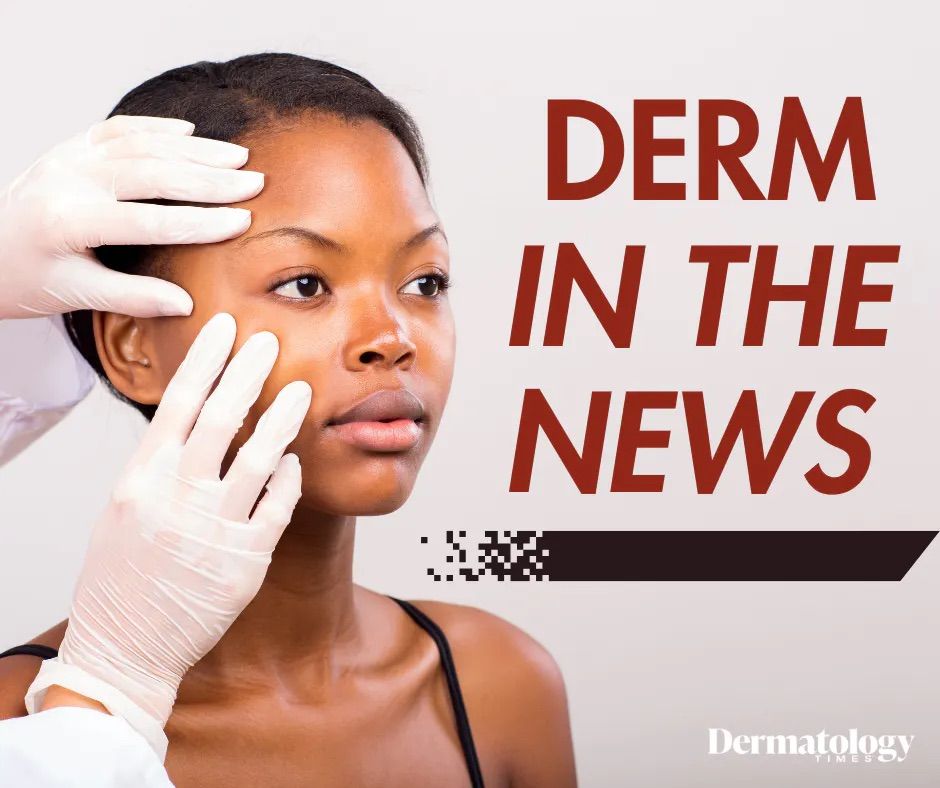Patient-Forward Rundown
Top headlines from this week to share with your patient
News
Article
Author(s):
Keep up with the latest headlines in dermatology from the past week, including the rise of teledermatology platforms leading patients to opt out of in-person consultations, WHO and ILO estimates of non-melanoma skin cancer deaths attributable to outdoor work in the sun, and more.

The rise of teledermatology platforms, such as Dear Brightly, Musely, and Keeps, has transformed the way patients access prescription-grade skin care medications. These platforms allow users to obtain prescription-strength treatments for conditions like acne and skin aging through online consultations. The convenience comes with concerns from some doctors who emphasize the importance of in-person consultations and caution against potential issues with online-compounded medications.
Medical technology is revolutionizing dermatology care in Europe. Advancements in telemedicine and artificial intelligence are enhancing diagnostic accuracy and treatment outcomes in dermatological practices. The integration of technology, including teledermatology platforms and AI-driven tools, has streamlined the consultation process, enabling remote patient monitoring, and facilitating more efficient and personalized care.
Top headlines from this week to share with your patient
The District of Columbia, Maryland, and Northern Virginia area are experiencing significant shortages of oral minoxidil 2.5 mg and 10 mg tablets, commonly used for treating androgenetic alopecia, according to a research letter published in the Journal of Drugs in Dermatology. A study conducted by researchers from George Washington University School of Medicine and Health Sciences found that only 23% of 143 Northern Virginia pharmacies had sufficient inventories for both oral minoxidil dosages, while Washington, D.C., and Maryland reported even lower percentages.
According to joint estimates by the World Health Organization and the International Labour Organization, almost one-third of deaths from non-melanoma skin cancer are attributed to outdoor work under the sun. The research, published in Environment International, reveals that 1.6 billion people of working age were exposed to solar ultraviolet radiation while working outdoors in 2019, comprising 28% of all working-age individuals. In 2019 alone, nearly 19,000 people in 183 countries died from non-melanoma skin cancer due to outdoor work in the sun, with the majority being male.
A recent mouse study suggested that inflammation in the early stages of recessive dystrophic epidermolysis bullosa (RDEB) may contribute to disease progression and create conditions favorable for the growth of cancer in the skin. RDEB, a severe form of epidermolysis bullosa, results from mutations in the COL7A1 gene, leading to the absence of type VII collagen and increased skin fragility. People with RDEB are at risk of developing squamous cell carcinoma. The study, published in Frontiers in Immunology, used single-cell RNA sequencing to examine the gene activity in individual skin cells of young mice modeling RDEB. The findings suggest a potential role of inflammation, particularly interleukin (IL)-1, in creating an immune-suppressed dermal microenvironment that contributes to RDEB disease progression and the development of squamous cell carcinoma.
Have you seen any dermatology headlines this week that we may have missed? Share with us by emailing our team at DTEditor@mmhgroup.com.
Like what you’re reading? Subscribe to Dermatology Times for weekly updates on therapies, innovations, and real-world practice tips.